What Is Polymer Roofing?
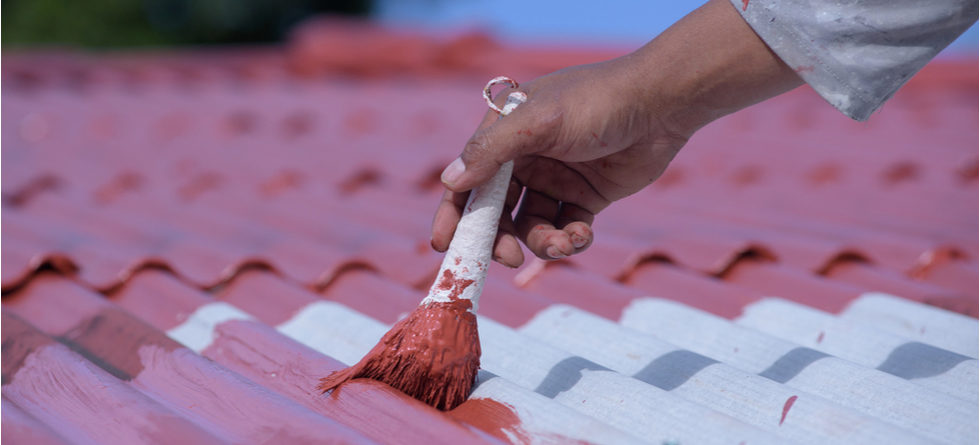
Polymer roofing refers to roofing materials made from synthetic polymers, typically designed to mimic the look of natural materials such as slate, wood shakes, or clay tiles while offering improved durability, longevity, and environmental resistance. These materials are created by combining polymers (plastic-based compounds) with other additives to enhance their performance characteristics.
Features of Polymer Roofing
- Durability – Polymer roofing is highly resistant to harsh weather conditions, such as heavy rain, snow, hail, and strong winds. It does not crack, split, or warp like natural materials, such as wood or slate.
- Lightweight – Compared to traditional slate or clay tiles, polymer roofing materials are much lighter, making them easier to install and less stressful on a home’s structure.
- Aesthetic Versatility – Designed to mimic high-end materials such as slate, cedar shakes, or clay tiles, polymer roofing provides the appearance of natural roofing at a lower cost and with better durability.
- Longevity – Polymer roofing typically lasts 30–50 years, depending on the product and maintenance.
- Low Maintenance – Unlike natural materials, polymer roofs resist issues like moss, algae, and insect infestations, requiring minimal upkeep over their lifespan.
- Energy Efficiency – Many polymer roofing materials are designed to reflect sunlight, reducing heat absorption and helping to lower cooling costs in warmer climates.
- Environmentally Friendly Options – Some polymer roofing products are made from recycled materials and are recyclable at the end of their lifespan.
Types of Polymer Roofing
- Composite Polymer Roofing
- Made from a mix of polymers and fillers to replicate the look of slate, cedar, or tile. These products are designed to offer a more affordable alternative to high-end natural materials.
- Examples – DaVinci Roofscapes, EcoStar Majestic Slate.
- Made from a mix of polymers and fillers to replicate the look of slate, cedar, or tile. These products are designed to offer a more affordable alternative to high-end natural materials.
- Thermoplastic Polymer Roofing
- Includes roofing systems made from thermoplastic compounds, such as TPO (Thermoplastic Polyolefin) or PVC (Polyvinyl Chloride), which are common in flat or low-slope roofing applications.
Benefits of Polymer Roofing
- Weather Resistance – Resists UV rays, extreme temperatures, hail, and high winds.
- Cost-Effectiveness – Offers a more affordable and low-maintenance alternative to natural materials.
- Fire Resistance – Many polymer roofing options are Class A fire-rated, meaning they provide excellent fire resistance.
- Customizable Appearance – Available in a variety of colors, textures, and shapes to match any architectural style.
Drawbacks of Polymer Roofing
- Initial Cost
- While less expensive than natural slate or cedar, polymer roofing can still have a higher upfront cost compared to asphalt shingles.
- Fewer Providers
- Polymer roofing is less common than asphalt, which means fewer contractors may specialize in its installation.
What Polymer Roofing Is Good For
- Homes in areas prone to extreme weather.
- Historic or high-end homes where aesthetics and performance are important.
- Lightweight roofing needs where heavier materials (e.g., slate) may not be feasible.
Polymer roofing provides a durable, beautiful, and eco-friendly alternative to traditional roofing materials, making it a popular choice for modern homeowners seeking both style and functionality.

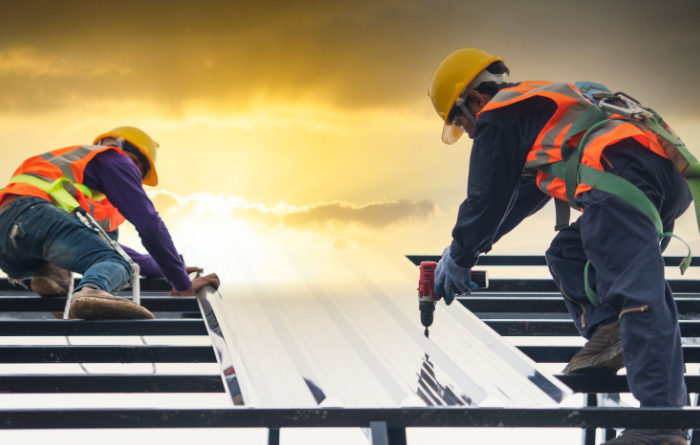
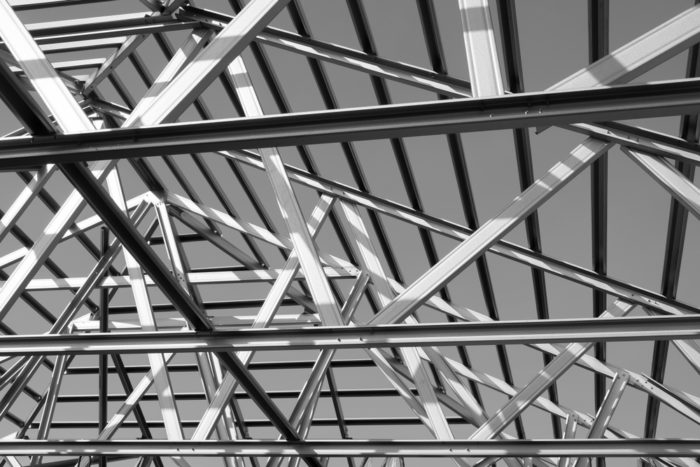
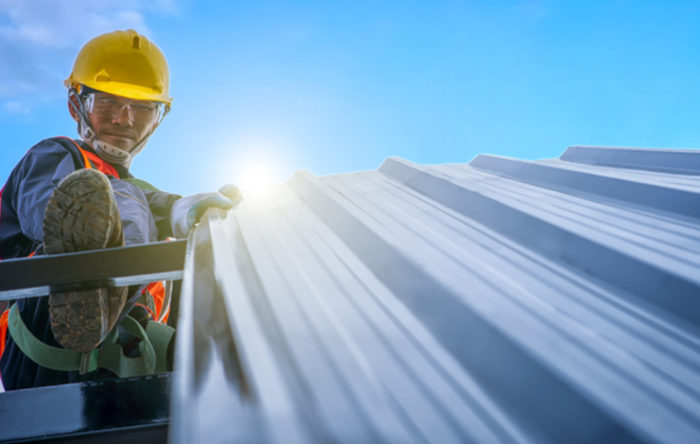
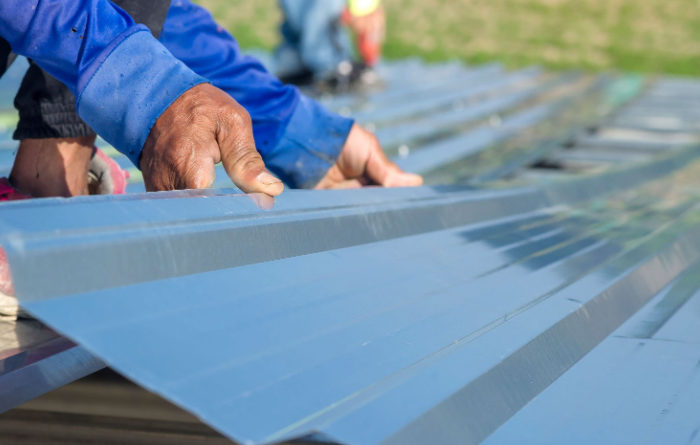
Leave a Comment